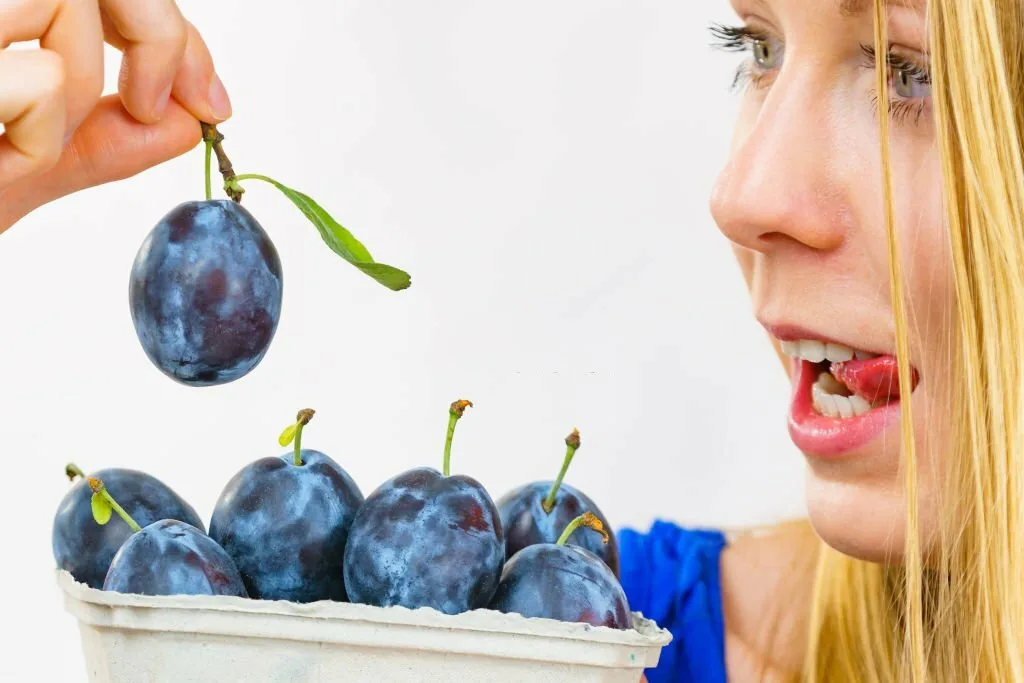Nature’s vibrant palette extends beyond the familiar hues of red, green, and yellow, offering an array of purple foods that are not only visually captivating but also packed with an abundance of nutrients. These purple gems, ranging from berries and fruits to vegetables and legumes, hold the key to unlocking a treasure trove of health benefits. Let’s delve into the world of purple foods and discover the nutritional riches they offer.
1. Purple Grapes: A Symphony of Flavors and Antioxidants
Purple grapes, with their deep, regal hue, are not just a delightful treat for the taste buds but also a powerhouse of antioxidants. Anthocyanins, the pigments that give purple grapes their color, are potent antioxidants that protect cells from damage and may reduce the risk of chronic diseases. Additionally, purple grapes contain resveratrol, a compound with anti-inflammatory, heart-healthy, and anti-aging properties.
2. Blueberries: Nature’s Antioxidant Powerhouse
Blueberries, tiny gems with intense purple-blue color, are nature’s antioxidant superstars. These berries are brimming with anthocyanins, which have been linked to improved cognitive function, reduced risk of heart disease and cancer, and enhanced eye health. Blueberries also contain vitamin C, an essential nutrient that supports immune function and collagen production.
3. Eggplant: A Culinary Versatility with Nutritional Benefits
Eggplant, a versatile nightshade vegetable with a deep purple hue, offers a wealth of nutrients. Eggplant is a good source of fiber, which promotes digestive health and satiety. It also contains potassium, a mineral essential for regulating blood pressure and muscle function. Eggplant’s anthocyanins contribute to its antioxidant capacity, protecting cells from damage.
4. Plums: A Sweet Treat with Nutritional Value
Plums, with their juicy flesh and varying shades of purple, offer a sweet and nutritious treat. Plums are a good source of vitamin C, an antioxidant that supports immune function and collagen production. They also contain fiber, which promotes digestive health and satiety. Additionally, plums are a source of anthocyanins, which may help reduce the risk of chronic diseases.
5. Purple Sweet Potatoes: A Nutritional Powerhouse with a Vibrant Hue
Purple sweet potatoes, with their vibrant purple flesh, are not just visually appealing but also packed with nutrients. These potatoes are an excellent source of beta-carotene, an antioxidant that converts into vitamin A, essential for vision, immune function, and cell growth. Purple sweet potatoes also contain anthocyanins and fiber, offering a range of health benefits.

Incorporating Purple Foods into Your Diet
Purple foods can be easily incorporated into a variety of meals and snacks. Blueberries can be enjoyed in yogurt, smoothies, or granola bars. Eggplant can be grilled, roasted, or stir-fried. Plums can be eaten fresh, added to salads, or made into jams and preserves. Purple sweet potatoes can be baked, mashed, or roasted.
Conclusion Purple foods, with their captivating hues and nutrient-rich composition, offer a treasure trove of health benefits. From boosting antioxidant levels to promoting heart health and cognitive function, these purple gems have much to offer.
By incorporating these vibrant foods into your diet, you can embark on a journey towards a healthier and more vibrant you.




